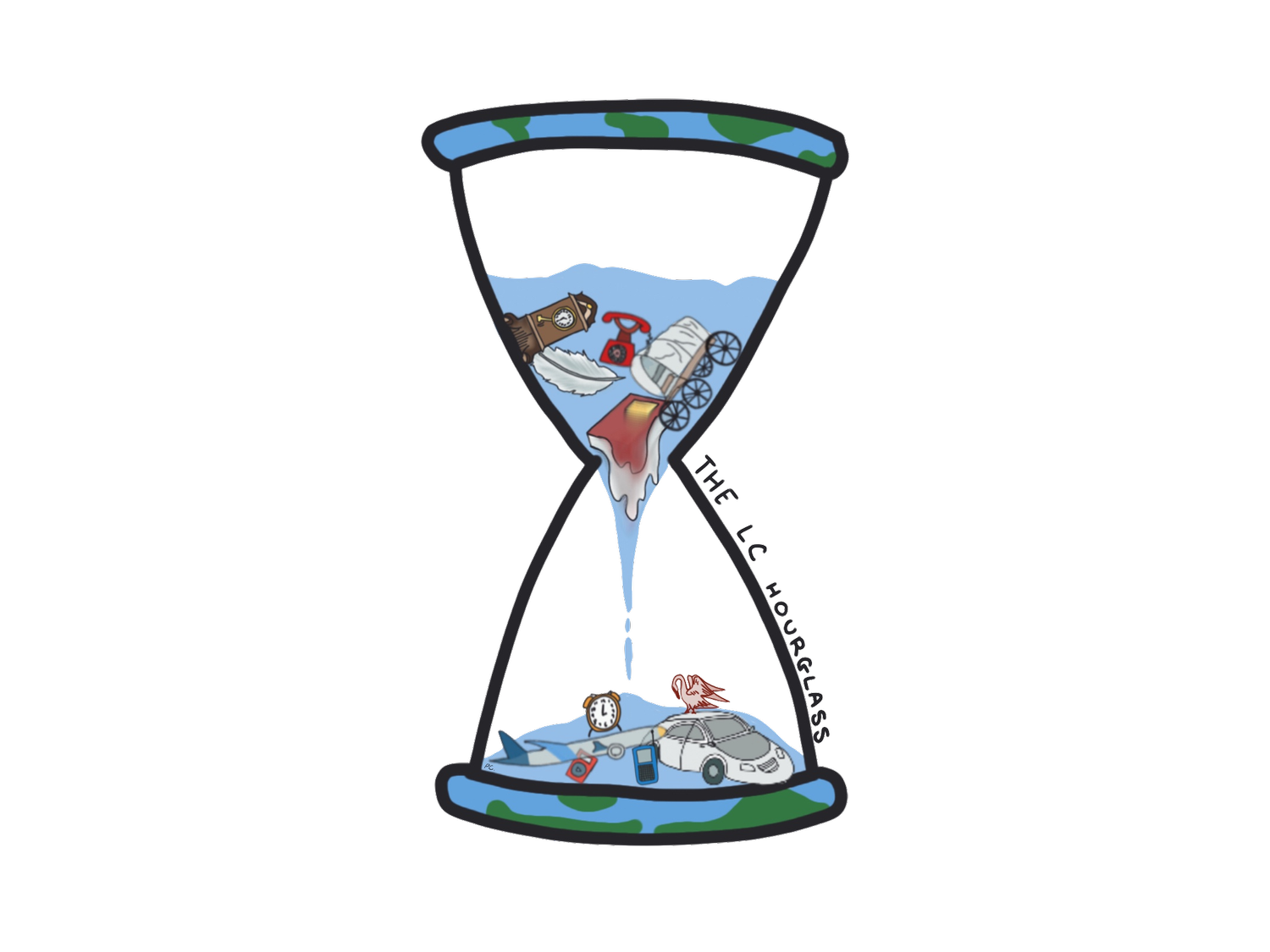The Bengal Famine of 1943
By David Shim, 2026
The Bengal Famine of 1943 was a famine in British India that resulted in the deaths of three million people due to disease or malnutrition. Yet, instead of dying due to the expected and most common reason for famines in general, food shortage, the civilians living in Bengal mainly died due to entitlement failure (Britannica). In other words, instead of a lack of food production being the driving issue, economic factors hindered the ability of certain groups of people, usually minorities, to purchase food. In fact, low rain levels, the primary indicator for famines, were actually higher than average at the peak of the famine, and “Nobel prize-winning economist Amartya Sen argued in 1981 that there should still have been enough supplies to feed the region”(Guardian, 2019). Thus, if food growth and production rose during the famine, then what factors limited people and caused such entitlement failure?
The answer to this question would be the ongoing war between Japan, which already occupied major cities in India such as Burma, and Britain, led by Winston Churchill. With Japan on the verge of claiming more of India’s land, resources, and civilians, Churchill’s cabinet, consisting of five war advisors, chose to delegate boats and rice, the staple food source, from Burma to protect and support the war efforts. Unfortunately, this left the previous abundance of crops in scarcity instead, yet Churchill “regarded the food situation in Bengal as primarily a matter for its elected ministry rather than Whitehall,” one of Churchill’s war rooms (Massani). In fact, Britain took one step further within their “denial policy.” Due to the fear of impending invasion, rice and boats were taken away solely for the purpose of not letting the Japanese have them (Guardian, 2019). Yet, this precaution was just that: a precaution. Churchill and his cabinet had no guarantee that Japan would invade Bengal in the near future, yet sacrificed civilians in case Japan did. Not only were considerable amounts of food exported to British forces in the Middle East, but carts and elephants were taken from Bengal to Chittagong, where impending invasions were expected as well (Britannica). Such modes of transportation were vital in transporting food to remote regions, yet without them, accessibility heavily decreased across Bengal as a whole.
These actions caused anxiety about shortages, hoarding, speculation, and price inflation that put even a basic diet far out of range for Bengal’s workers. However, efforts were made to alleviate the deaths. In 1943, the Bengal government managed to distribute 110 million freemeals, yet this barely managed to scratch the surface of the massive number of those starving (Britannica). Thus, on August 4th, 1943, months after the famine had begun, Churchill agreed to send 150,000 tons of Iraqi Barley and Australian Wheat to Bengal. By January of 1944, Bengal received 300,000 tons of food from such countries. By the end of 1994, over one million tons of food, requested by Churchill to President Roosevelt, had been delivered (Massani). The massive amount of food delivered within the span of two years highlights the depth and severity of this famine, as well as the consequence of war and lack of preparation in general.
In addition, even though the famine ended relatively quickly with respect to the total number of deaths accumulated, the importance of stopping such events through proper communication is by
far the most important realization. In order to stop such disasters like these from happening, communication and call-to-actions must be highlighted.
Works Cited
“Bengal Famine of 1943.” Encyclopædia Britannica, Encyclopædia Britannica, inc.,
www.britannica.com/topic/Bengal-famine-of-1943. Accessed 10 May 2024.
“Churchill’s Policies Contributed to 1943 Bengal Famine – Study.” The Guardian,
Guardian News and Media, 29 Mar. 2019,
www.theguardian.com/world/2019/mar/29/winston-churchill-policies-contributed-to-1943-
bengal-famine-study.
Masani, Zareer, et al. “Churchill and the Bengal Famine.” History Reclaimed, 30 Aug.
2021, historyreclaimed.co.uk/churchill-and-the-bengal-famine/.
